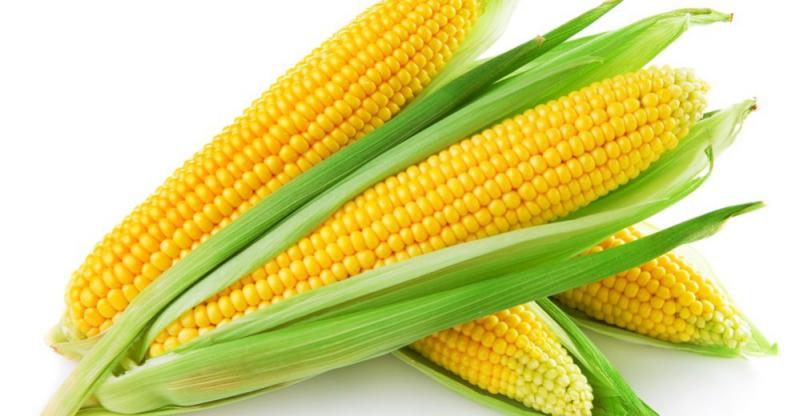Belfast General Trading (L.L.C.)
Product Range
Fact Sheet
- Location:Dubai, United Arab Emirates
- Year of Establishment:2008
- Business Type:Trading Company, Exporter, Importer
- Main Products:Rice, Corn, Kidney Beans, Lentils, Olive, Pineapple , Sugar, Tea
- Reviews & Rating:
Get Verified, Sell more with
- Buyer's trust
- Faster conversions
- Better Rankings
- More
Its Free
Verify NowCorn
A high intake of omega-6 fatty acids may increase the likelihood that postmenopausal women will develop breast cancer.Similar effects were observed on prostate cancer.
- FOB PriceNA
- Min Order QuantityNA
- Payment TermsNA
Product Details
Other Details
Compared with other feed grains, corn is lower in protein and slightly higher in energy. Corn contains approximately 70 percent starch on a dry-matter basis. Other important fractions in the corn kernel include protein, fiber and minerals.
The protein in corn is approximately 55 to 60 percent escape or bypass protein. Escape protein is protein that is not fermented or degraded by the ruminal microorganisms, but is digested and absorbed by the animal in the small intestine. The remaining 40 to 45 percent of the protein in corn is rumen-degradable protein. Ruminal microorganisms require rumen-degradable protein for use in growth and protein synthesis.
Most research with corn indicates a substantial benefit to providing rumen-degradable protein in diets containing corn. Back grounding or finishing diets containing high levels of corn require supplemental rumen degradable protein in the form of nonprotein nitrogen (urea or biuret), natural protein sources such as sunflower meal, canola meal or soybean meal, or a combination of nonprotein nitrogen and natural protein.
Like all cereal grains, corn is low in calcium and relatively high in phosphorus. Diets containing high levels of corn should include a supplemental calcium source, such as limestone, to prevent urinary calculi. The recommended calcium-to-phosphorus ratio in back grounding and feedlot diets is a minimum of 2-to-1 (two parts calcium to one part phosphorus).
Health Benefits:
Some medical research suggests that excessive levels of omega-6 fatty acids, relative to omega-3 fatty acids, may increase the probability of a number of diseases and depression.Modern Western diets typically have ratios of omega-6 to omega-3 in excess of 10 to 1, some as high as 30 to 1, partly due to corn oil which has an omega-6 to omega-3 ratio of 49:1. The optimal ratio is thought to be 4 to 1 or lower.
A high intake of omega-6 fatty acids may increase the likelihood that postmenopausal women will develop breast cancer.Similar effects were observed on prostate cancer.Other analysis suggested an inverse association between total polyunsaturated fatty acids and breast cancer risk.
Nutrient content of Corn using different harvest, storage & process methods.
|
Corn Type |
Dry Matter |
TDN, % |
NEm ,Mcal/lb |
NEg ,Mcal/lb |
CP, % |
Escape Protein, % of CP |
|
Dry Rolled Corn |
86 |
90 |
1.02 |
0.70 |
9.8 |
60 |
|
Ear Corn |
87 |
83 |
0.92 |
0.62 |
9.0 |
60 |
|
Steam-Flaked Corn |
82 |
94 |
1.06 |
0.73 |
10.0 |
45 |
|
High Moisture Corn |
75 |
90 |
1.02 |
0.70 |
10.0 |
40 |
|
High Moisture Ear Corn |
75 |
83 |
0.92 |
0.62 |
8.7 |
40 |
|
High Moisture Snapped Corn |
74 |
81 |
0.90 |
0.59 |
8.8 |
40 |
Images




